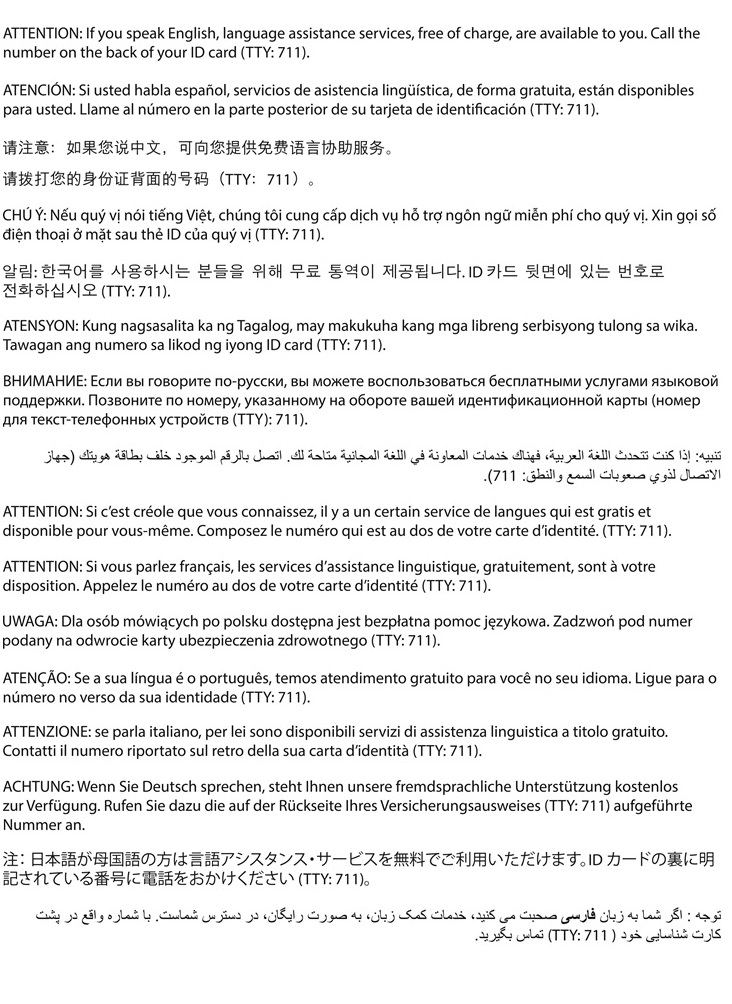This policy version was replaced July 1, 2023. To find the newest version, go to https://www.bluecrossmn.com/providers/medical-policy-and-utilization-management, read and accept the Blue Cross Medical Policy Statement, then select “Blue Cross and Blue Shield of Minnesota Medical Policies.” This will bring up the Medical Policy search screen. Enter the policy number without the version number (last 3 digits).
Total hip arthroplasty (THA), or total hip replacement, is a surgical procedure that replaces a damaged hip joint with an artificial implant, in order to relieve joint pain and improve function. Osteoarthritis is the most common condition causing severe deterioration of the hip joint. Other conditions that may also cause significant hip joint damage include: neoplasms, femoral fractures, avascular necrosis (osteonecrosis), inflammatory arthritis (e.g., rheumatoid arthritis) and developmental hip dysplasia. Numerous implants composed of various biomaterials have been approved by the U.S. Food and Drug Administration (FDA) for use in hip arthroplasty.
Total hip resurfacing is a surgical procedure that may be performed as an alternative to THA in younger, more active patients with hip joint damage. In this procedure, the femoral head is left in place, but is trimmed and capped with a metal covering. The damaged acetabulum cartilage is removed and replaced with a metal shell, similar to traditional hip arthroplasty. Several implant systems have received FDA approval for use in total hip resurfacing, including: the Birmingham Hip Resurfacing (BHR) System; the Cormet Hip Resurfacing System; and the Conserve Plus Total Resurfacing Hip System.
Definitions
Femoral neck: A flattened pyramid-shaped section of bone connecting the head of the femur (or thigh) with the shaft of the femur.
Avascular necrosis: Death of bone caused by insufficient blood supply.
Developmental dysplasia of the hip (DDH): A congenital condition in which the socket of the hip joint has not formed normally and is shallow. As a result, the ball of the thigh bone (or femur) cannot fit firmly into the socket. This may result in instability and dislocation of the hip joint.
Antalgic gait: A limp adopted in order to avoid pain on weight-bearing structures.
Periprosthetic osteolysis: Dissolution or degeneration of bone around the hip replacement implant. This type of bone loss results from debris produced by the implant during normal movement over time.
Bilateral hip arthroplasty: Replacement of both hips, either during the same procedure or during subsequent staged procedures.
Grading Systems for Hip Osteoarthritis:
For applicable clinical criteria, see the following eviCore clinical guideline(s):
No additional statements.
Blue Cross and Blue Shield of Minnesota medical policies apply generally to all Blue Cross and Blue Plus plans and products. Benefit plans vary in coverage and some plans may not provide coverage for certain services addressed in the medical policies. When determining coverage, reference the member’s specific benefit plan, including exclusions and limitations.
Medicaid products may provide different coverage for certain services, which may be addressed in different policies. For Minnesota Health Care Program (MHCP) policies, please consult the MHCP Provider Manual website.
Medicare products may provide different coverage for certain services, which may be addressed in different policies. For Medicare National Coverage Determinations (NCD), Local Coverage Determinations (LCD), and/or Local Coverage Articles, please consult CMS, National Government Services, or CGS websites.
Note that services with specific coverage criteria may be reviewed retrospectively to determine if criteria are being met. Retrospective denial of claims may result if criteria are not met.
Blue Cross and Blue Shield of Minnesota reserves the right to revise, update and/or add to its medical policies at any time without notice. Codes listed on this policy are included for informational purposes only and are subject to change without notice. Inclusion or exclusion of a code does not constitute or imply member coverage or provider reimbursement.
These guidelines are the proprietary information of Blue Cross and Blue Shield of Minnesota. Any sale, copying or dissemination of the medical policies is prohibited; however, limited copying of medical policies is permitted for individual use.
Acknowledgements:
CPT® codes copyright American Medical Association® 2022. All rights reserved.
CDT codes copyright American Dental Association® 2022. All rights reserved.
